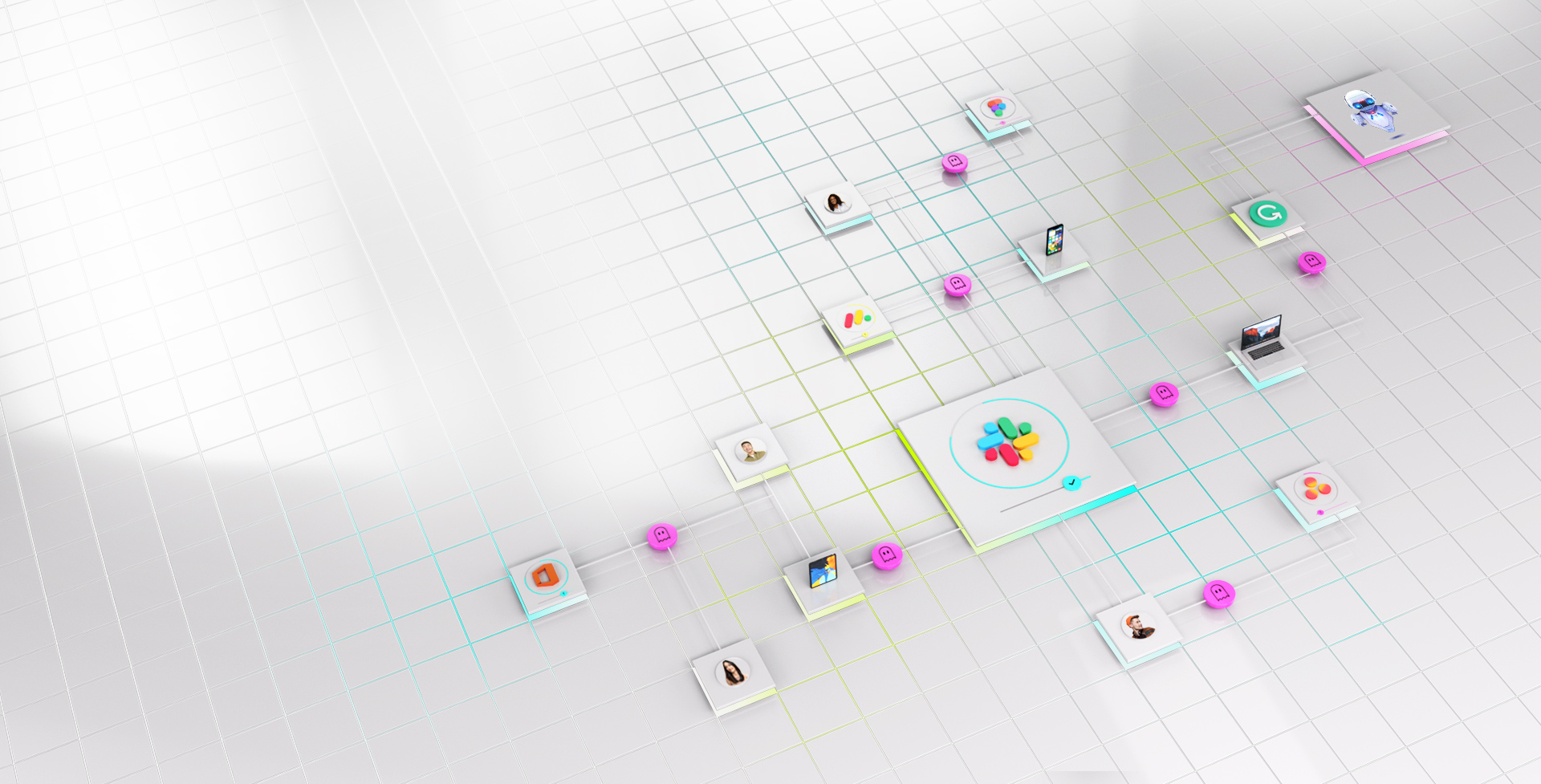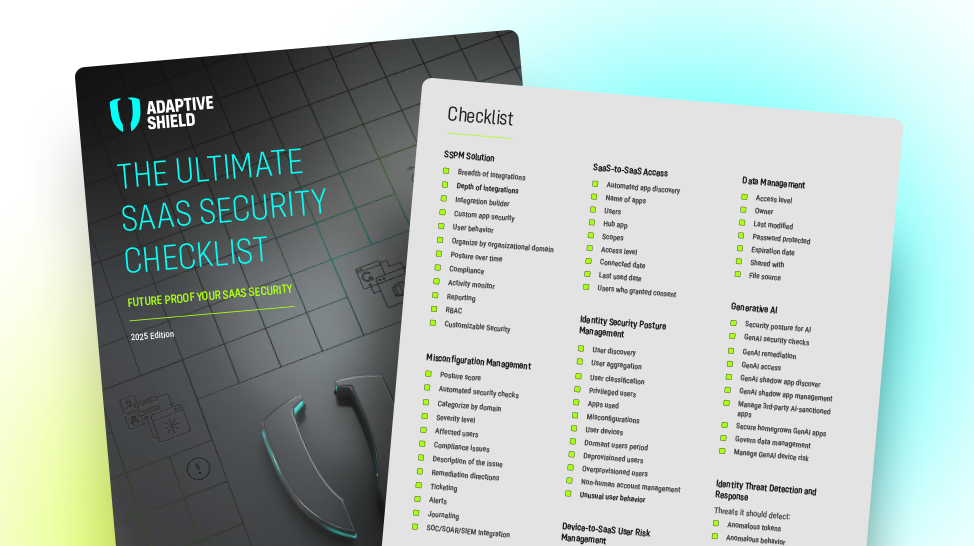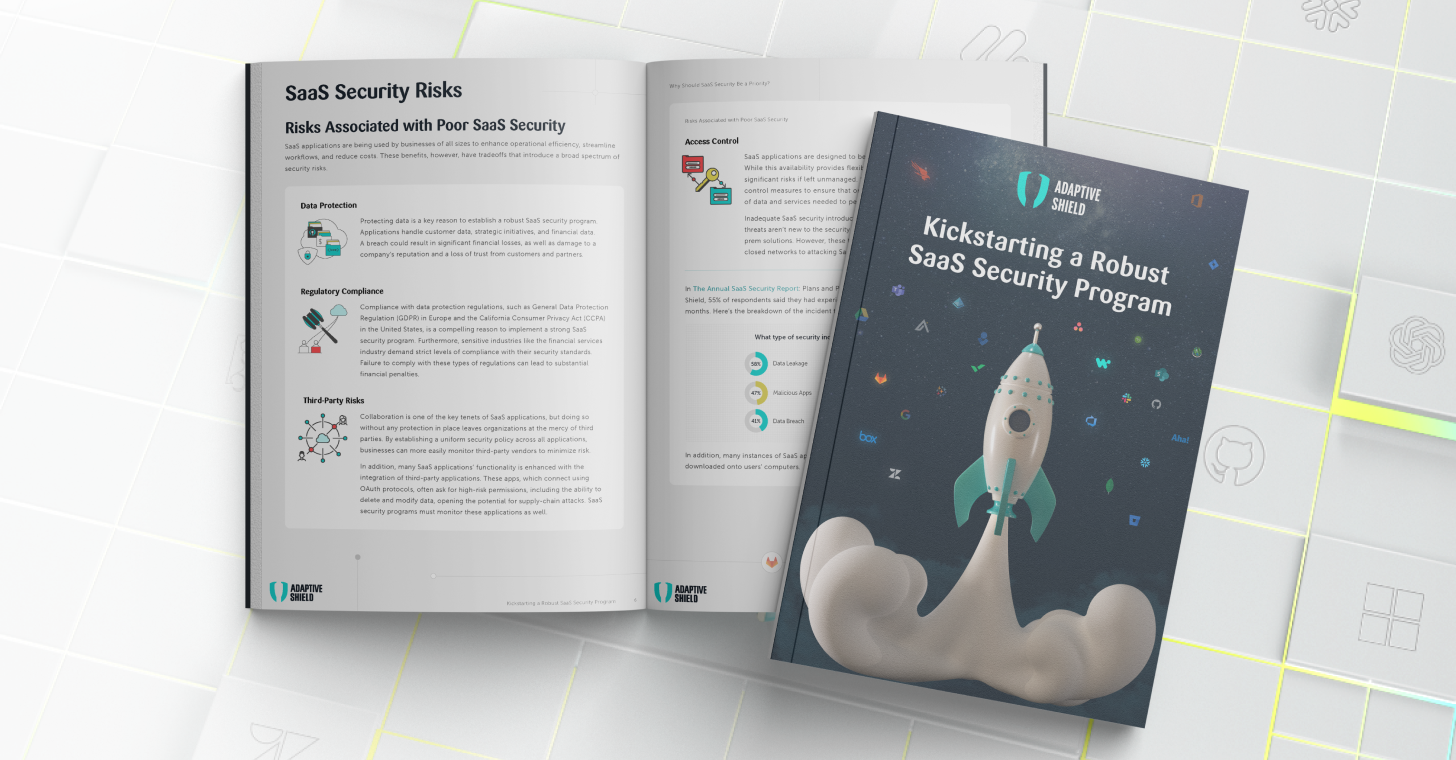Are Manual Audits Enough?
Conducting manual security checks provides a snapshot look at SaaS security. In most cases, it requires reviewing thousands to millions of checkboxes, toggles, activity logs, and switches covering the entire SaaS stack for every employee and every application.
As challenging as this seems, it still leaves organizational data vulnerable to third-party SaaS applications that are onboarded beyond the view of the security team. It also doesn’t provide visibility into the devices used to access these applications, or users with poor security hygiene.
Manual checks lack immediacy, and leave SaaS data vulnerable to configuration drifts that take place between checks. The more time between these checks, the longer sensitive data may be exposed. Security teams conducting manual checks are powerless against mounting threats to their SaaS stack – and are stuck relying on yesterday’s checks to secure against future threats.
Continuously automating these checks through SSPM provides visibility across the entire SaaS stack. It protects data against threats deriving from connected applications, misconfigurations, high-risk users, and unhygienic devices.
SSPM adds a layer of threat detection as well, identifying malicious applications before they have a chance to breach and compromise your data.
Working together, SSPMs and CSPMs ensure the security of your off-premise data by providing visibility and remediation actions that close vulnerabilities and reduce risk.






















